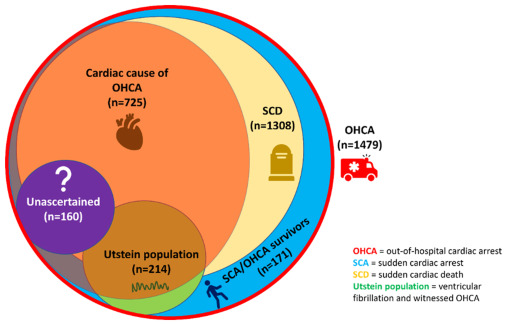
Recently, a 36-year-old man arrived at the emergency department experiencing severe chest pain. He had no notable medical history, exercised from time to time, and believed that heart disease was a concern for the distant future. To his shock, he was in the midst of a heart attack.
Incidents like his are becoming more common. Cardiologists and emergency room doctors are increasingly encountering patients in their thirties and forties with acute coronary syndromes. This trend prompts a pressing inquiry: Why are heart attacks occurring at younger ages, and what measures can we take to avert them?
An emerging trend
Historically, coronary artery disease was considered a condition affecting older individuals. However, research now indicates a rise in “premature heart attacks,” defined as those occurring in men under 45 and women under 55. Younger individuals not only confront the immediate risks of a heart attack but also face years grappling with chronic heart disease, stents, bypass operations, and medications.
What is causing this?
- Lifestyle and diet: Inactive lifestyles, processed foods, and excessive sugar intake are contributing to obesity and metabolic syndrome. Even slight weight increases in the twenties and thirties can hasten vascular harm.
- Diabetes and cholesterol: Younger individuals are experiencing type 2 diabetes at earlier ages, and many do not have their cholesterol checked until after an incident. South Asians and other high-risk ethnicities are especially prone to early plaque formation even if they appear slim.
- Smoking and vaping: Tobacco use continues to be a major factor, but vaping has brought nicotine dependence to a younger audience who mistakenly believe it is safe.
- Stress and mental health: Financial pressures, work expectations, and social isolation deeply impact younger generations. Ongoing stress leads to inflammation, high blood pressure, and harmful coping methods like poor nutrition and substance abuse.
- Genetic predisposition: Family history is among the strongest indicators of risk. Having a parent or sibling with early heart disease considerably increases risk, yet many young adults are oblivious to this correlation.
The quiet nature of risk
In contrast to older patients who receive regular checkups, younger adults frequently forgo routine health evaluations. Many are unaware of their blood pressure, cholesterol, or blood sugar levels. Symptoms are often dismissed as indigestion, anxiety, or muscle pain until it is too late.
This lag in detection is perilous. Time is muscle; the longer a heart attack remains untreated, the more significant the permanent damage.
What we can change
- Healthcare providers should initiate risk assessments sooner, particularly in high-risk populations. Inquiring about family medical history, checking cholesterol levels in the twenties, and screening for diabetes can reveal hidden dangers.
- Patients need to understand that heart disease is not solely an “elderly man’s issue.” Chest pain, difficulty breathing, or unexplained tiredness should never be disregarded, regardless of age.
- Public health initiatives should focus on younger audiences with education about nutrition, stress reduction, and the risks associated with smoking and vaping.
- Employment settings and educational institutions can contribute to fostering healthier environments, from food options in cafeterias to opportunities for physical activity.
A message of prevention
Heart disease is no longer exclusive to older adults. The truth is that arteries begin to harden quietly during our teenage and early adult years, long before symptoms manifest.
The best defense is prevention. Lifestyle modifications, increased awareness, and timely screenings can distinguish between a life disrupted by heart disease and a life enjoyed to its fullest.
The patient I mentioned earlier survived his heart attack, serving as a wake-up call not only for him but for all of us. The optimal time to safeguard your heart was yesterday. The second-best time is today.
Monzur Morshed is a cardiologist. Kaysan Morshed is a medical student.